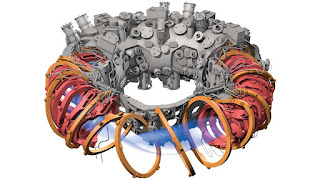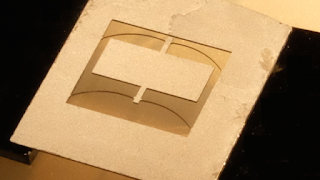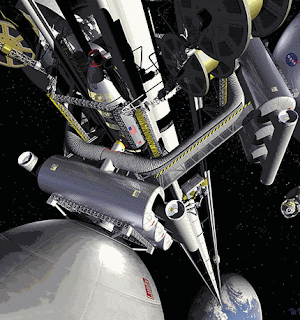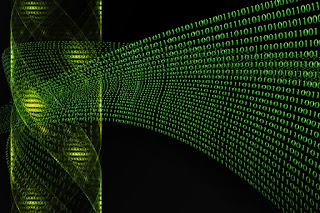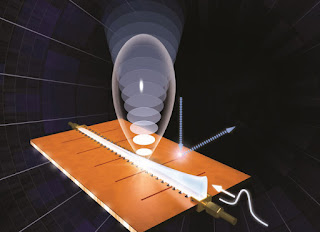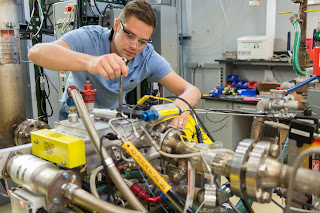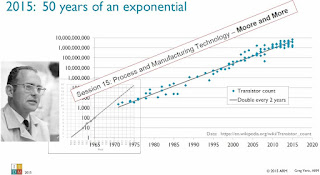Spent fuel staying put for now
By Rob Nikolewski | 1:34 p.m. March 25, 2016
Some 3.6 million pounds of nuclear waste is stored at the now-shuttered San Onofre Nuclear Generating Station (SONGS) but when the waste will be transferred and where it will end up are still very open questions.
"I think everyone can agree we want to get the spent fuel off the San Onofre site sooner rather than later," said Garry Brown, executive director and CEO of the nonprofit clean water organization Orange County Coastkeeper, Thursday night at the quarterly meeting of the Community Engagement Panel.
After the California Coastal Commission approved a site permit last October, a plan was approved to bury the waste in concrete casks within 125 feet of a seawall and the beach on a low-lying plain at the plant operated by Southern California Edison.
"We need to de-energize the plant as soon as we can," Tom Palmisano, chief nuclear officer at Southern California Edison, told the 18-member panel during a Powerpoint presentation in Oceanside.
The panel was created two years ago to advise the co-owners of SONGS and give the public updates on the painstaking and complicated process to coordinate the multiple public, private and governmental entities needed to decommission the plant.
The prospect of casks on site has generated plenty of opposition.
"We may never be able to move these," said Gary Headrick, co-founder of San Clemente Green. "These storage containers are not reliable."
Palmisano told the Union-Tribune he's confident the casks are safe. "This is a proven technology," he said, but added the plant wants the waste sent to another location as soon as possible.
Among the problems is the near-paralysis on the part of the federal government to permanently deal with nuclear waste.
Plans for a huge underground storage facility at Yucca Mountain in Nevada have been scrapped and spent nuclear fuel is being stored at various sites across the country on an indefinite basis.
Companies in West Texas and eastern New Mexico have been discussed as possible contenders for the SONGS waste but, even if those facilities are OK'd, it will take years for them to get up and running.
Community Engagement Panel chairman David Victor recently made a trip to Capitol Hill and said Thursday he's cautiously optimistic a political deal can eventually be reached on consolidated interim storage (CIS).
Under CIS, fuel storage sites would be built on isolated locations like the desert where multiple plants could deposit their waste.
"Instead of having the waste in 60 sites across the country, we have it in two," Victor said after the meeting.
"Consolidated storage is crucial for us. If we don't have consolidated storage, the earliest we can think about ways to move (waste from SONGS) is 2030 or the 2030s ... Consolidated storage very quickly makes it possible to move the fuel at least a decade earlier, if not earlier."
Bills in the U.S. House of Representatives and the U.S. Senate are circulating to allocate money for CIS facilities through the federal government's Nuclear Waste Fund.
Victor said he doesn't have any illusions that something can get passed on Capitol Hill during a contentious election year but he sees support from members of both parties growing.
"The idea is to get people talking about this and create this echo chamber so when there's energy legislation in the next session, this can be included as part of it," Victor said.
Thursday's meeting came as news broke that the suicide bombers linked to the attacks in Brussels were reportedly plotting to build a dirty bomb and target a Belgian nuclear power plant.
"I don't necessarily agree that the systems are that vulnerable," Palmisano said. "The dry cask storage systems are designed and then licensed by the (Nuclear Regulatory Commission) includes consideration of natural and man-made events such as a terrorist attack that are secured in their requirements they are made to withstand."
The public comment period near the end of Thursday's meeting was punctuated by a heated exchange between Victor and San Diego attorney Michael Aguirre, whose firm has filed a lawsuit challenging the decision to place waste at San Onofre.
"You are playing with the future of our state," Aguirre said, accusing the Community Engagement Panel of corruption. "You are playing with the lives of millions of people in our state."
Victor pushed back.
"I think those are wild claims," Victor said. "The idea that a group of 18 volunteers is engaged in a criminal conspiracy to mislead the public about the real dangers here is not borne out by anything that has ever happened in this room."
The Community Engagement Panel's next meeting is June 16 in Dana Point.
